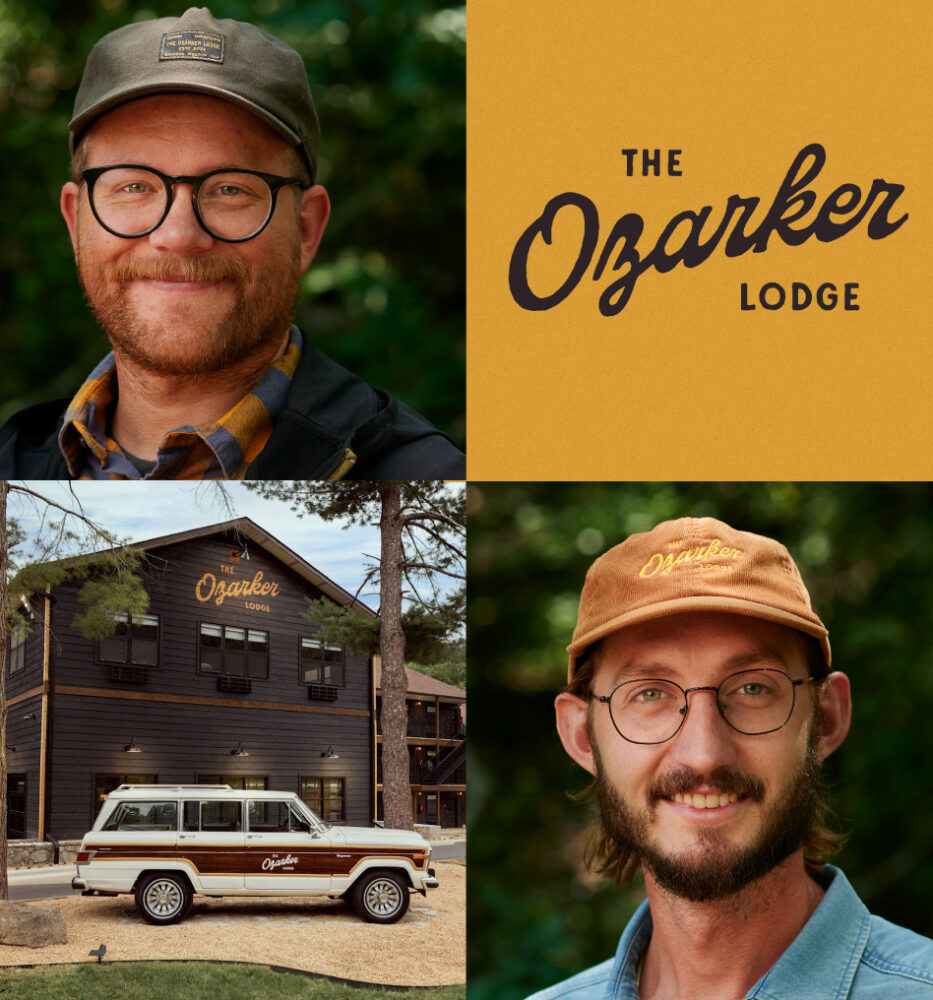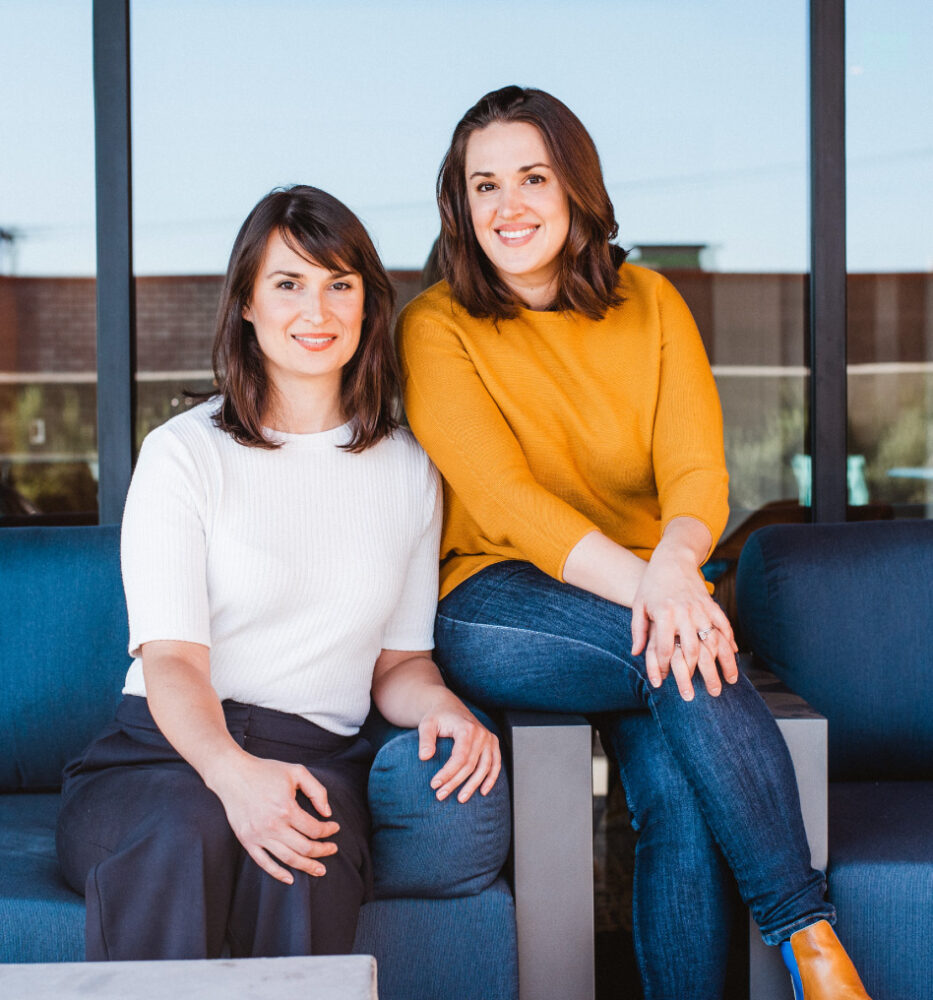Future Hospitality
podcast
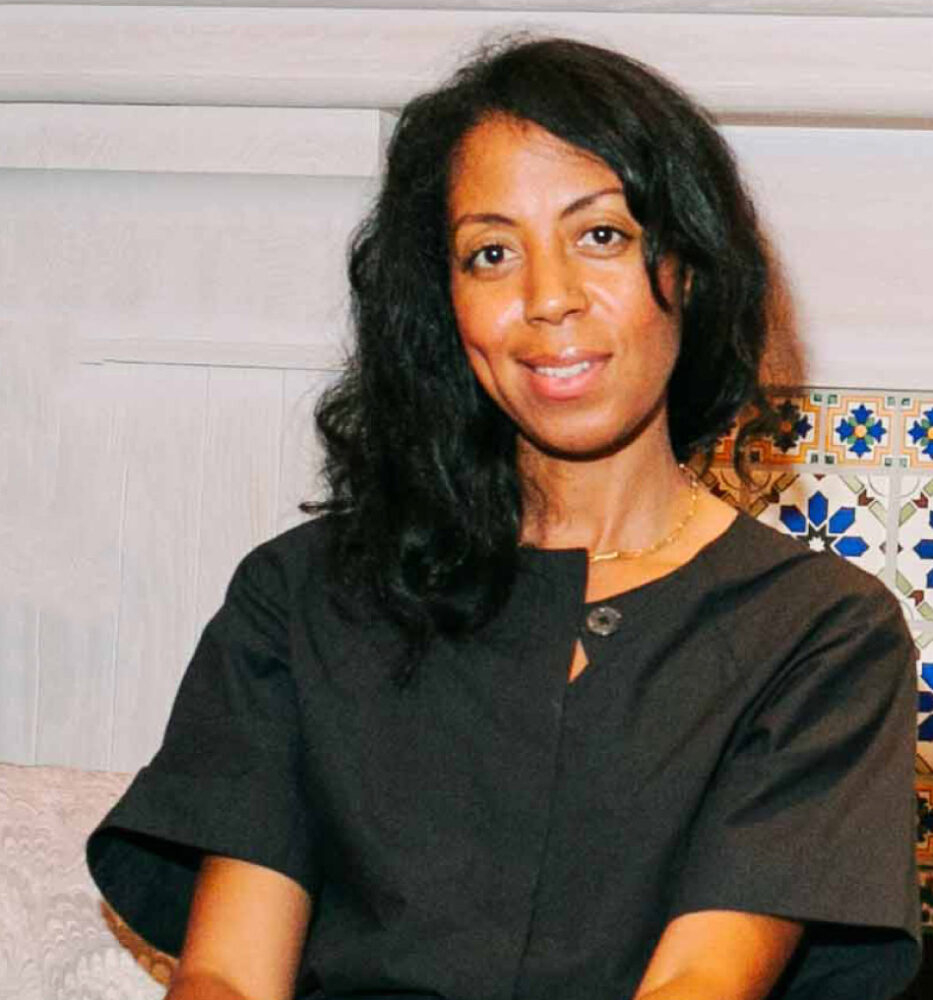
E38: Building Stronger, Connected Community with Sana Keefer
November 11, 2022
Dustin Myers: Sana, it’s so good to have you on the podcast with us today.
Sana Keefer: Thank you guys. Thank you for having me. You know, I’m a big fan of Longitude, so I’m excited to talk to you guys today.
Dustin Myers: Very cool. Yeah, we’ve had the pleasure of getting to work on some projects together and just the more that we’ve learned about your background and kind of what you’re doing, thought it would be a really good time to just sit down and kind of dig into that and have good conversations. So we’re excited.
Sana Keefer: So am I. Thank you.
Dustin Myers: Maybe just to kick it off, give us a little bit about your background and your personal journey, kind of where you got to where you are right now.
Sana Keefer: Sure. It’s a long one, but I’ll give you guys the cliff notes version. So I went to school for interior design and interior architecture originally. And after studying marketing here in Los Angeles, I moved to New York and studied design at Parsons. And I realized pretty quickly after being in the design industry and interiors, for the first couple of years, it really is a lot like being a therapist. So when you’re working on residential projects, it’s just the nature of it. You’re designing someone’s personal space. A lot of times you’re designing for couples or for families. And I wanted something that felt a little more commercial, I guess, you could say.
So I started taking commercial projects. And this is really going to date me, but I came across a posting on Craigslist years ago and it said like, “New boutique hospitality group coming to Los Angeles, launching their first project. It’s going to change the landscape of the city and we’re looking for someone with all of these different characteristics and this set of skills.” And so I replied, and it turned out to be a posting for Sydell Group at the time. And I came down and I met with the team and just really instantly hit it off. And there was an all-star team on that project, which was The LINE Los Angeles.
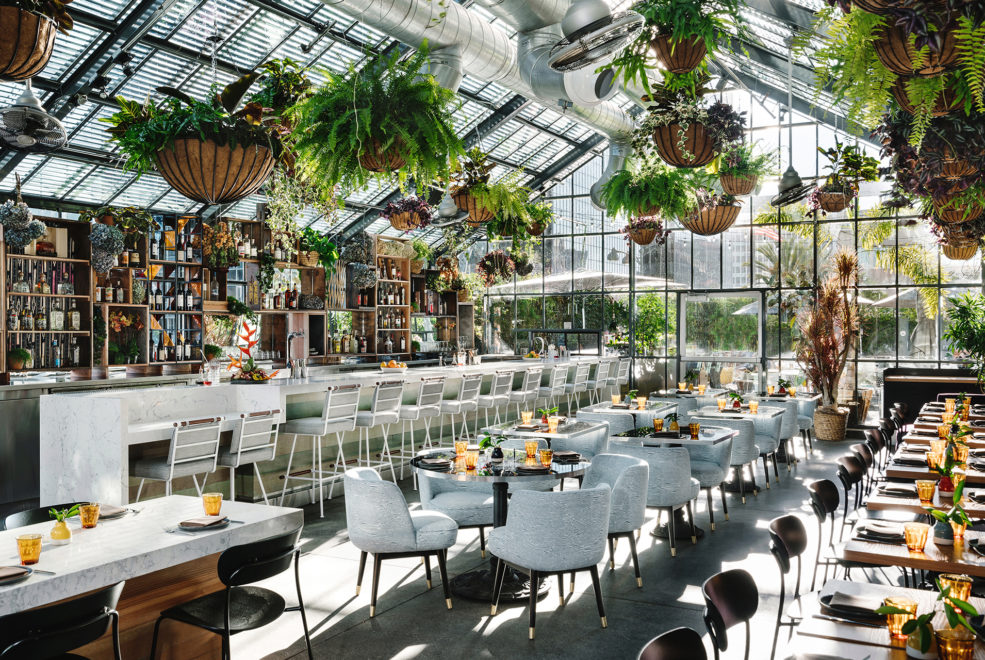
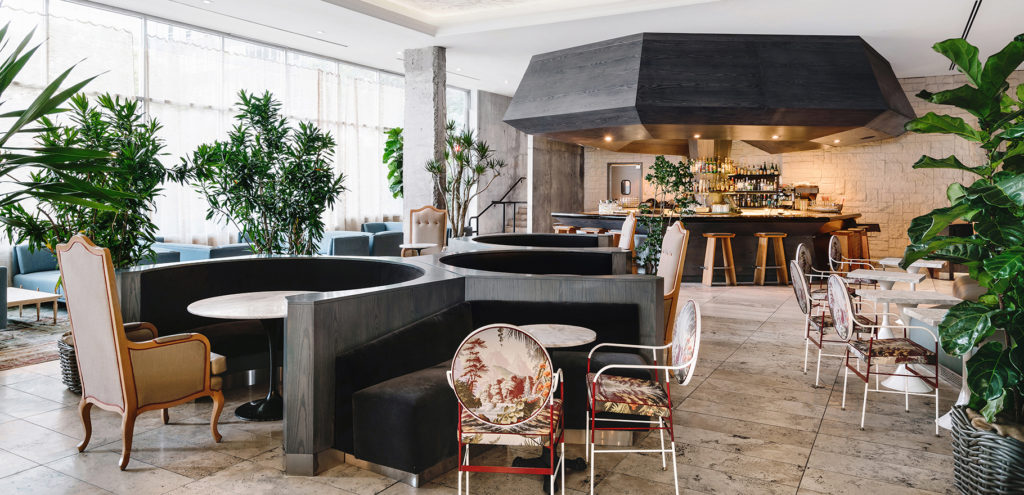
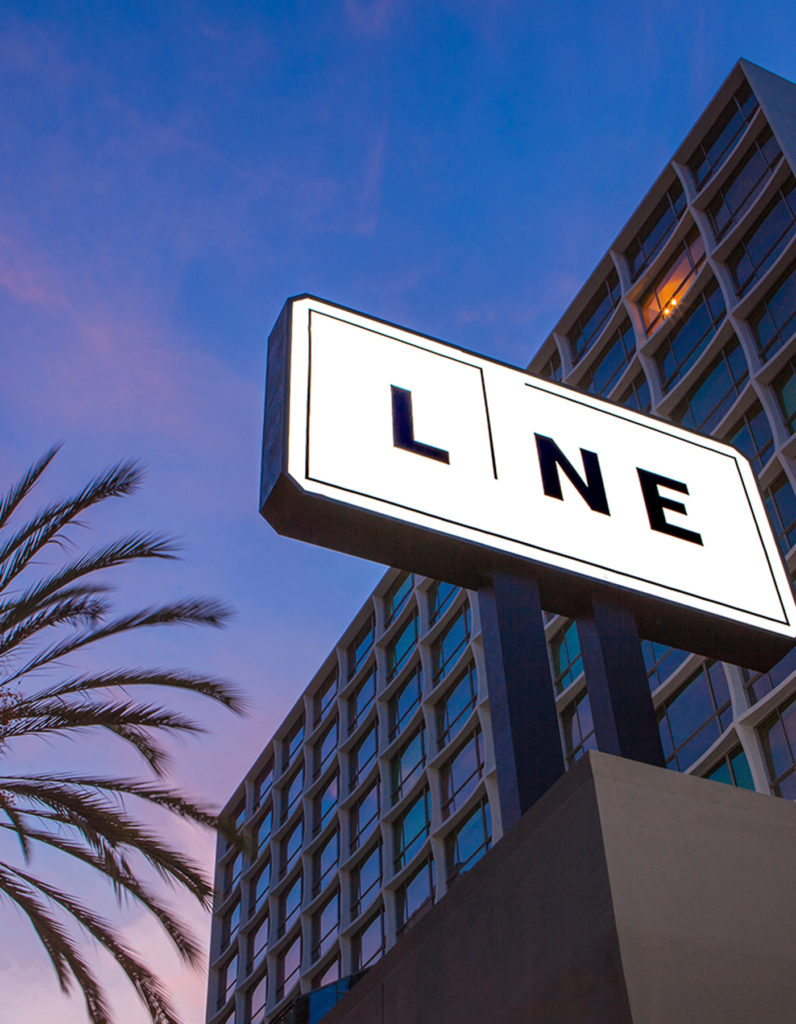

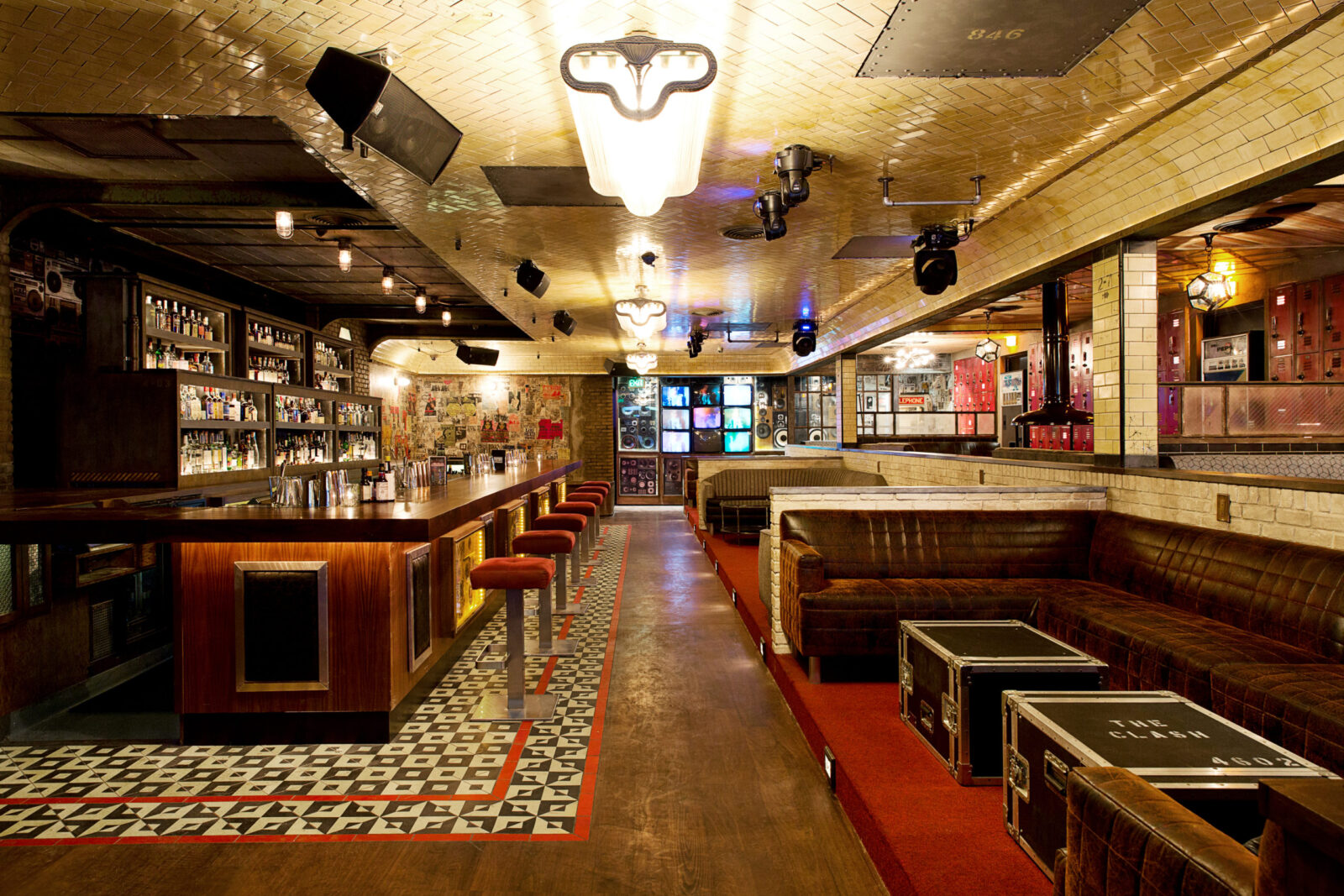
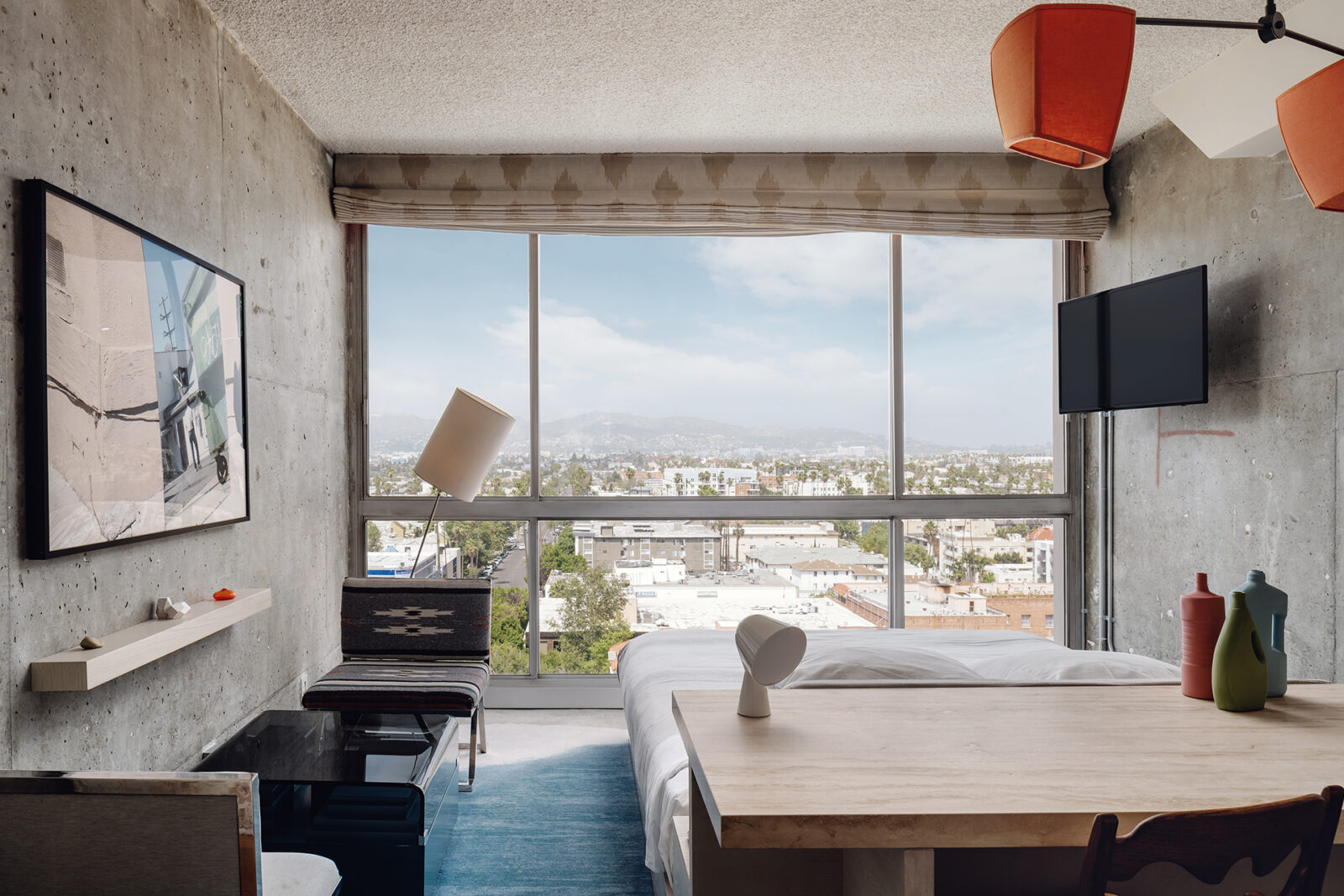
And when I look back at the LINE now, it’s just really incredible to see that almost 10 years later it’s just as popular as it was before. So that makes me feel really good. But that was just the beginning of a very long journey in hospitality. I came onto the project, Sean Knibb was the interior. And I had been following his work for years. So interior design was my entryway into hospitality and I really started to learn everything. I made it a point to learn every department from housekeeping to back of house kitchen, to marketing, and then more creative direction and cultural work, which was my main focus.
Dustin Myers: That’s amazing, to get in on the ground floor and for that to be kind of your first hospitality experience and commercial experience and just to see all the amazing projects that came out of that group. That’s a really cool story. You mentioned that just wanting to get less in the residential space and then more into the commercial. I guess what did you find attractive on the commercial side? What lessons did you learn from the residential side that you think helped bring into that?
Sana Keefer: I think one thing that was so appealing to me on the commercial side was just the freedom, in design, the freedom to play around with scale and to play around with various artists and even things that are less permanent, like rotating art installations that you might not have in a residential home. There just was really this sort of spirit of, “Let’s try something new.” And I think that was attributed not only to commercial world, but to Sydell Group in general. At the time, we were really, really pushing and trying to create that magic on our own as opposed to looking at another brand for reference and then trying to emulate that.
One example at The LINE, and I’m not sure if it’s still there, the LINE Los Angeles, because there are many LINEs now, but Sean Knibb had found a shopping cart and turned that into a light fixture and it was hanging over valet and it was just this bizarre moment, but it felt perfect for the project.
Jeremy Wells: Yeah, that’s really cool. You mentioned something just a minute ago that just kind of sparked my interest and I never really thought of it until you just said it. But you said, with commercial projects, you have a little bit more creativity and more space to try new things. And you being in the brand world and what we do at Longitude and the branding world as well, like, that space and that need to be creative and to try new things and position yourself in a new light for guests and travelers. It’s almost a necessity in the commercial space. Whereas in residential, there’s not that need really for the project to have a unique position or things like that. So that’s interesting to think about that. Have you seen that exercise and positioning play out a lot in your designs as you’re doing your interior design work and all of that?
Sana Keefer: Yeah, for sure. The project that I’m working on now, which is a personal project that I recently launched, the building is a former Masonic Lodge. And I looked at many, many spaces and this one just felt right to me for that very reason. There’s just so much opportunity. There’s a stage in the main room, like a physical stage, and so I’m working with a couple of different artists to come up with some ideas of a large-scale installation that we could do right there in the living room.
Dustin Myers: Very cool.
Sana Keefer: Yeah.
Dustin Myers: So from your time with Sydell Group, what kind of came next? You mentioned just trying to learn all facets of the hospitality industry. And then where did that lead you and how are you putting that to use now?
Sana Keefer: So the great thing about my sort of lifetime at Sydell was that I got to touch all of the brands. So after really launching the line from there, I got to work with Freehand, which is more of a youth brand. I got to work with NoMad [now Hotel Per La], which is definitely more of a high-luxury brand. And even The Ned in London, and then The Saguaro, which is a fun party brand.
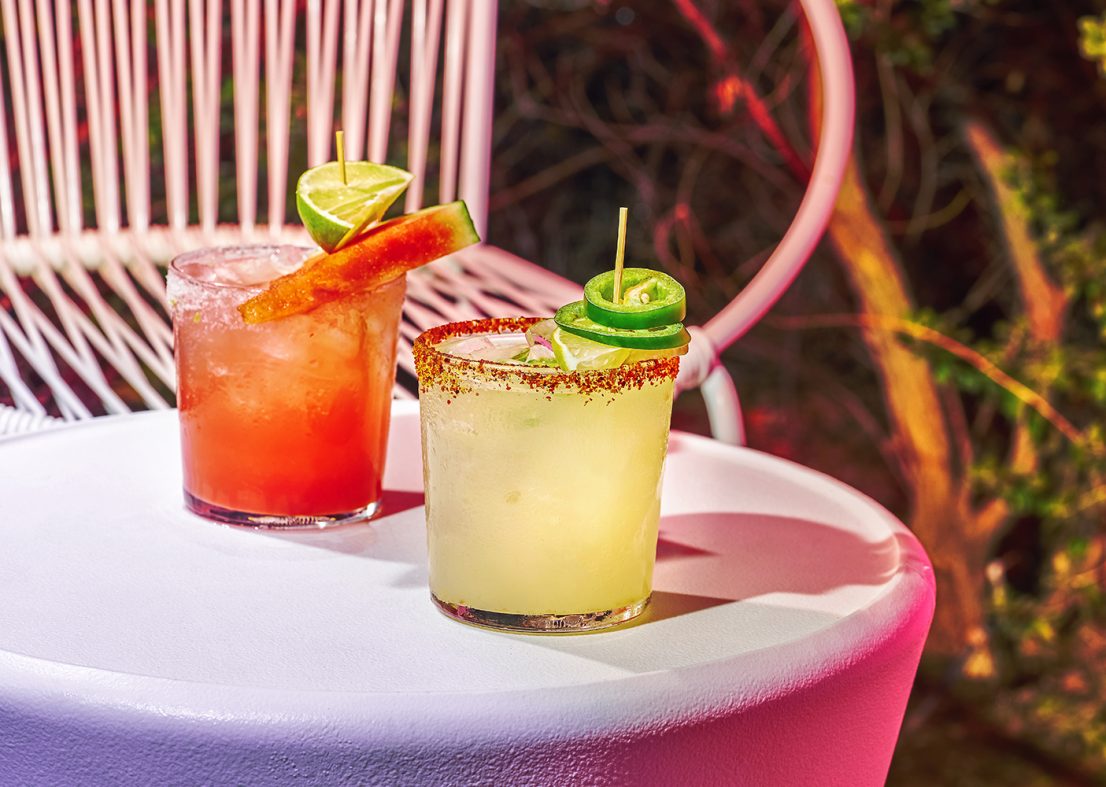
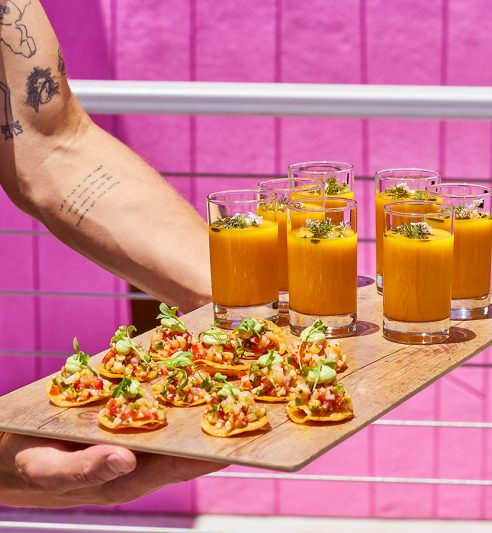
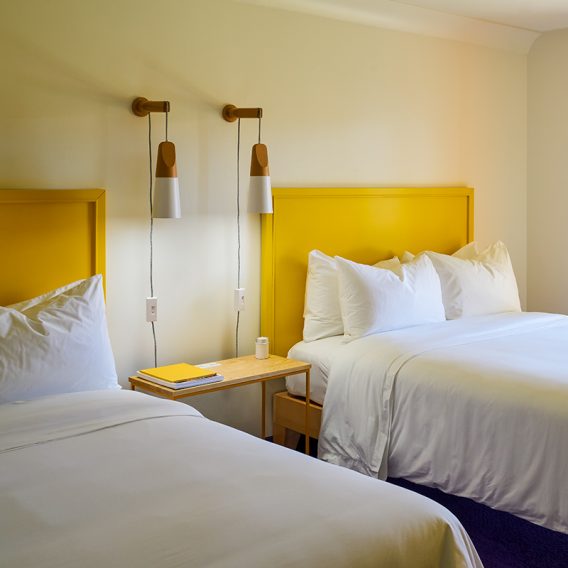
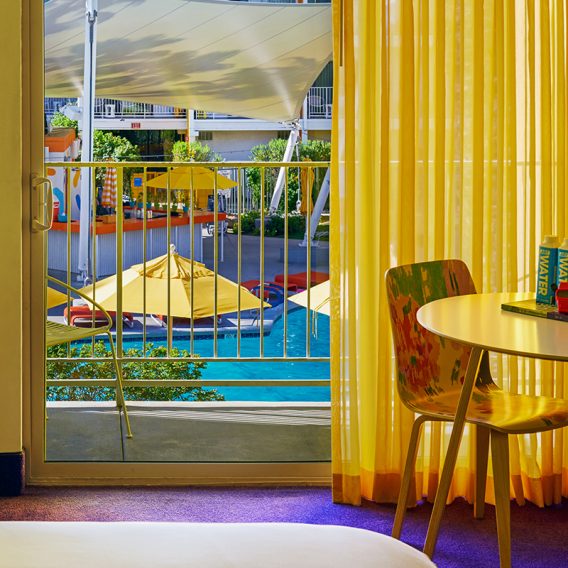
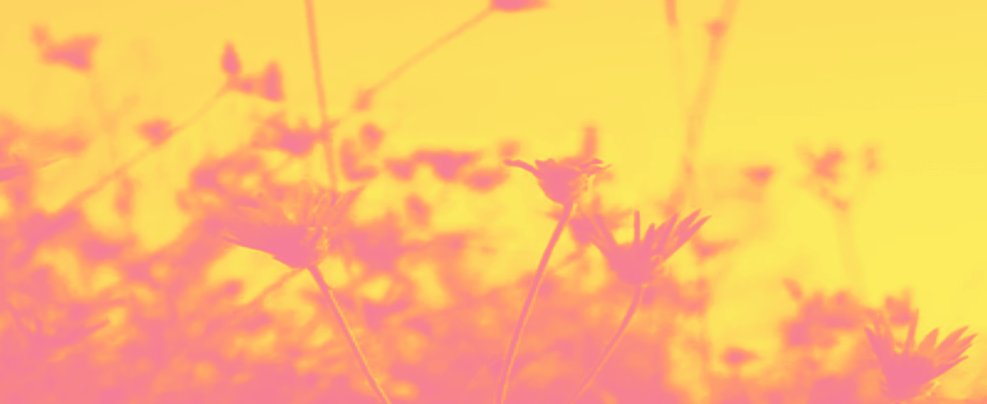
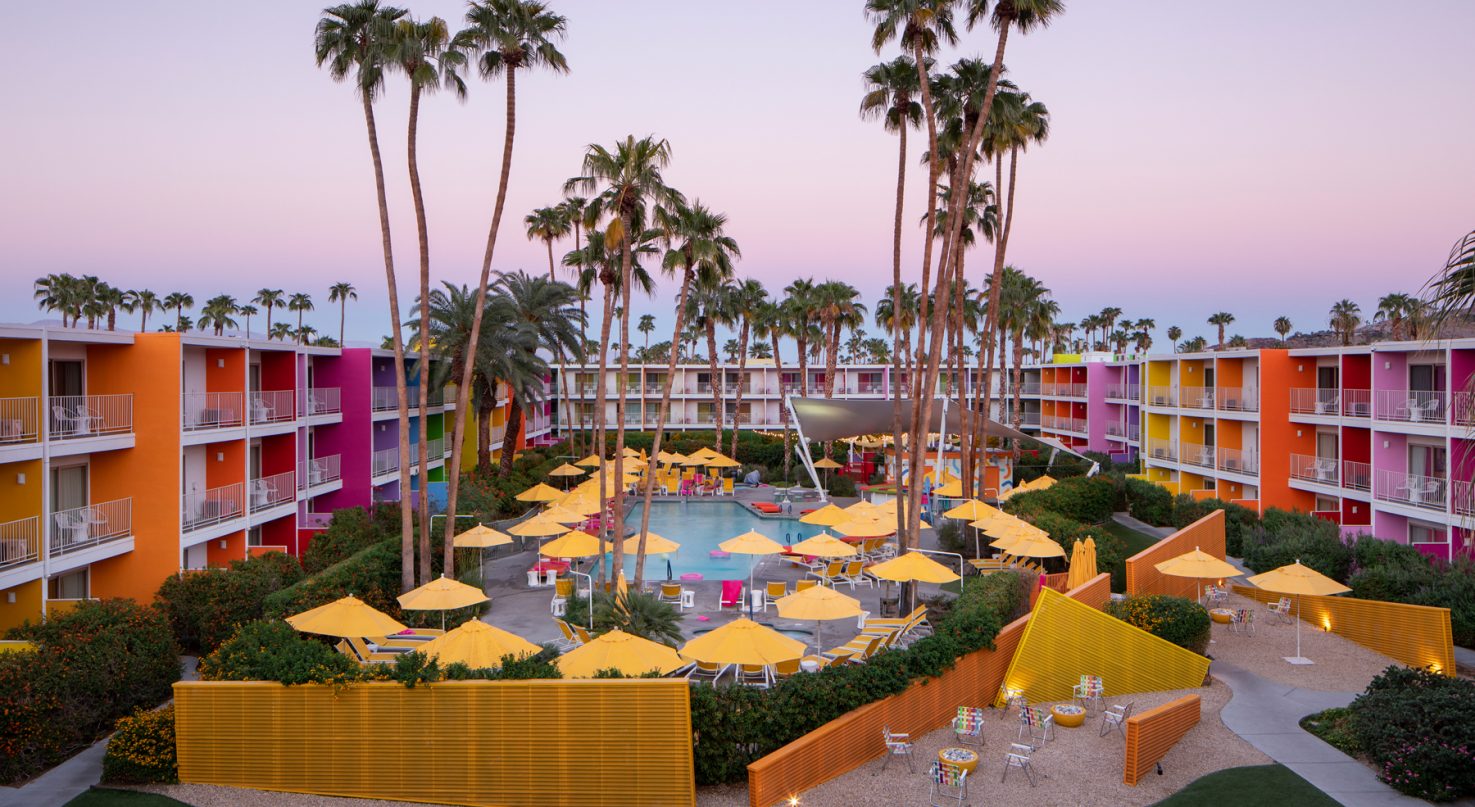
So I really got to touch lots of different demographics and that helped me sort of find that sweet spot for me, which I think is consulting in like the mid-market to luxury range.
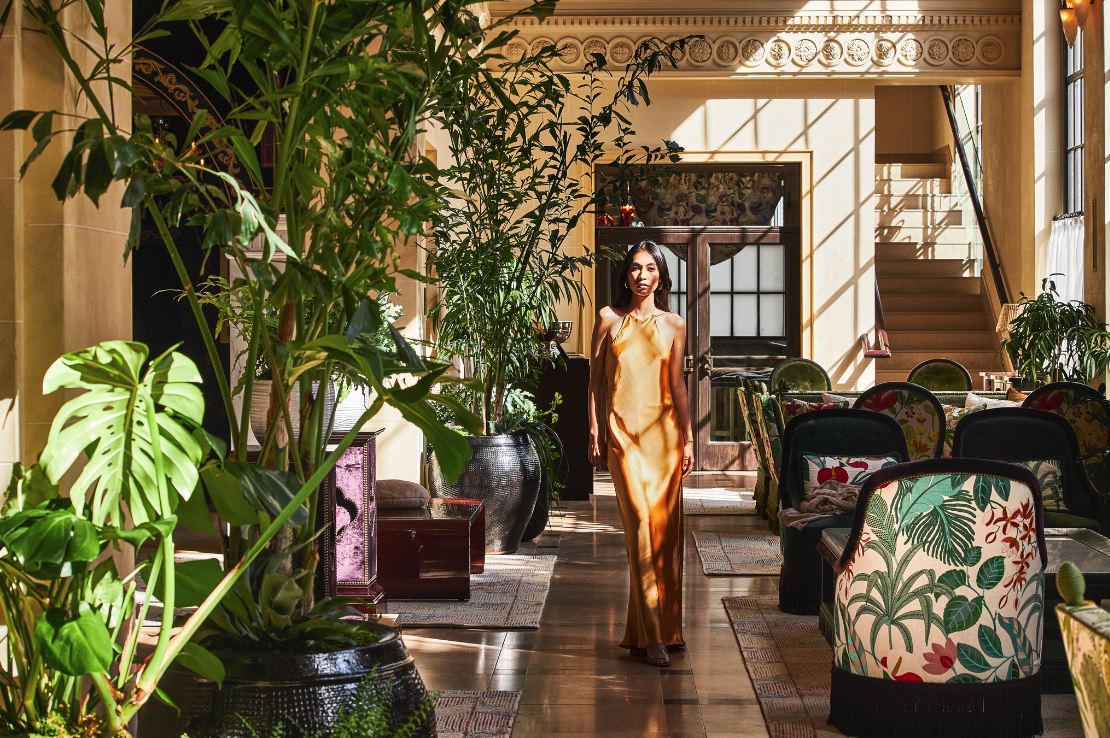
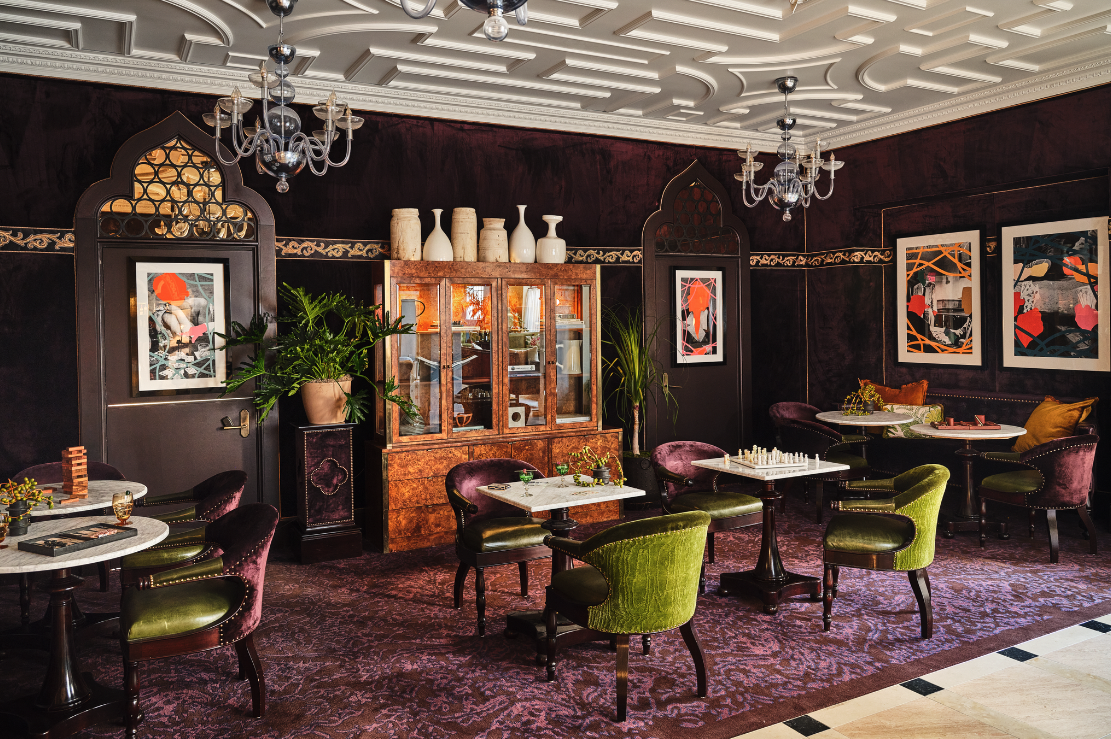
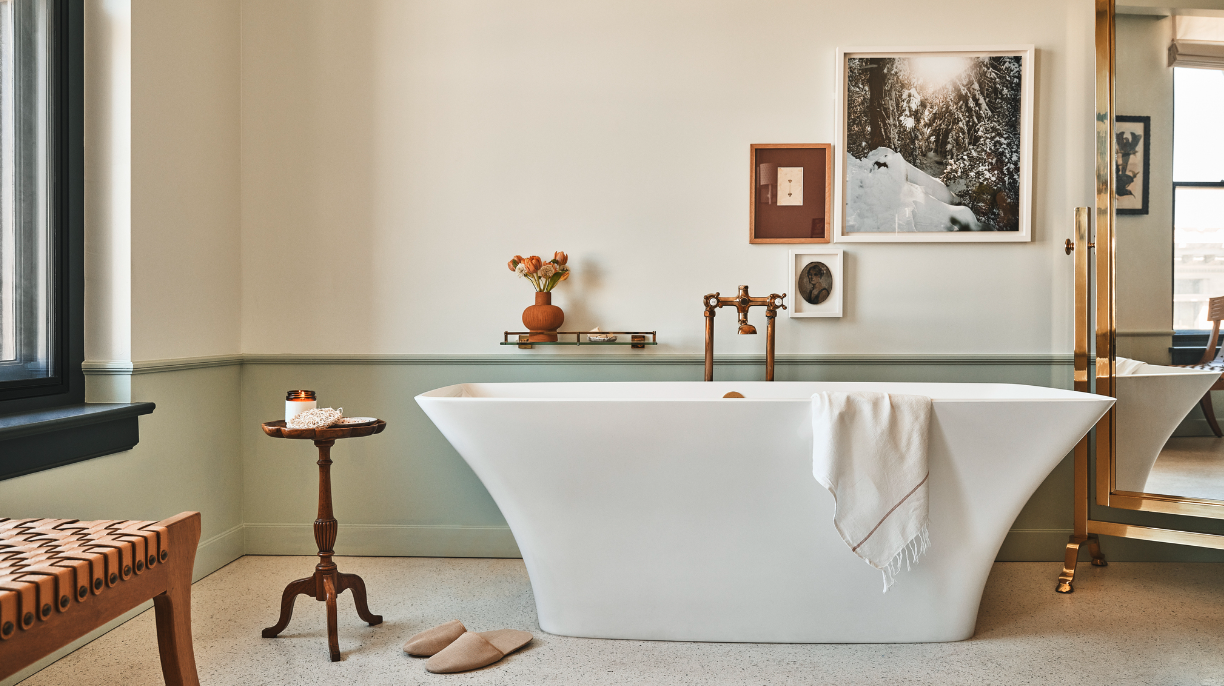
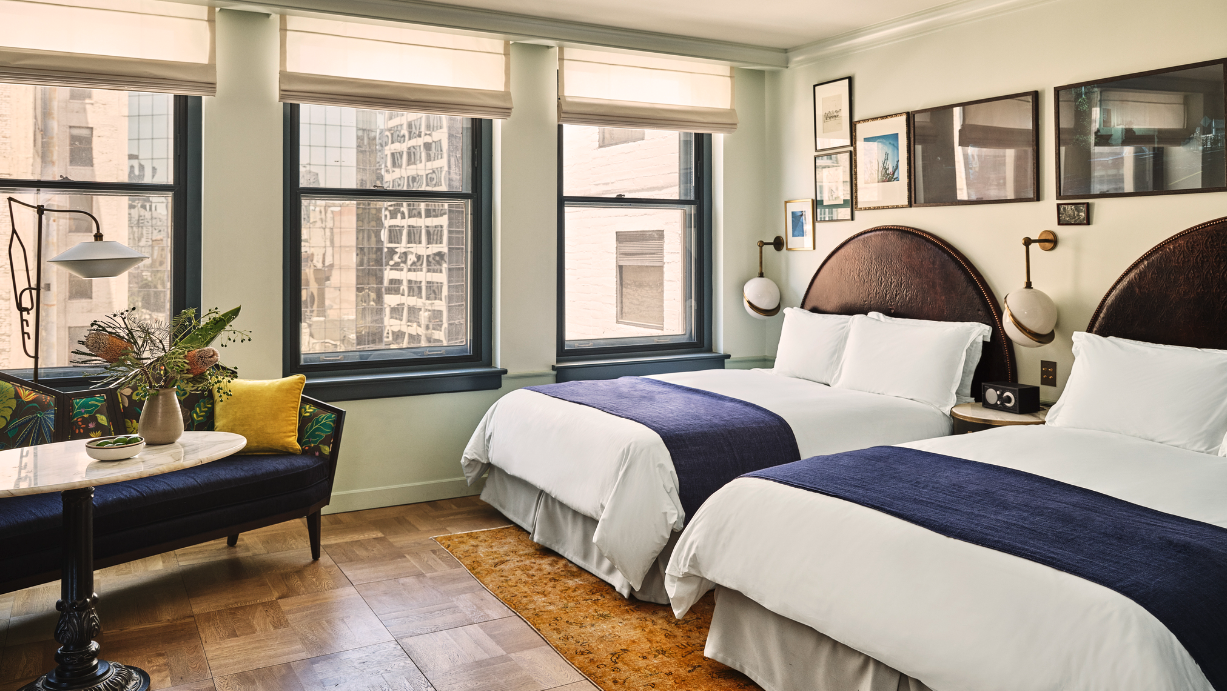
And so that sort of led me to taking on consulting projects for various clients. The Aster is one of them. I worked for Casetta Group as a consultant for a long time and that was a blast because Casetta Group is known for true small boutique hotels, and their biggest hotel is probably 55 keys, and that’s in Big Bear, up in the mountains. And so everything you do is high touch just because you have that flexibility in the size of the project. And then you have the ability to be a little more unique in terms of the room types because you don’t have to replicate thousands of them. You’re just designing 30 rooms, for example, like we did with Casa Cody, with Electric Bowery, this female-led design firm out of Venice. We had different artwork and different accessories in every single guest room and suite. So that was really fun.
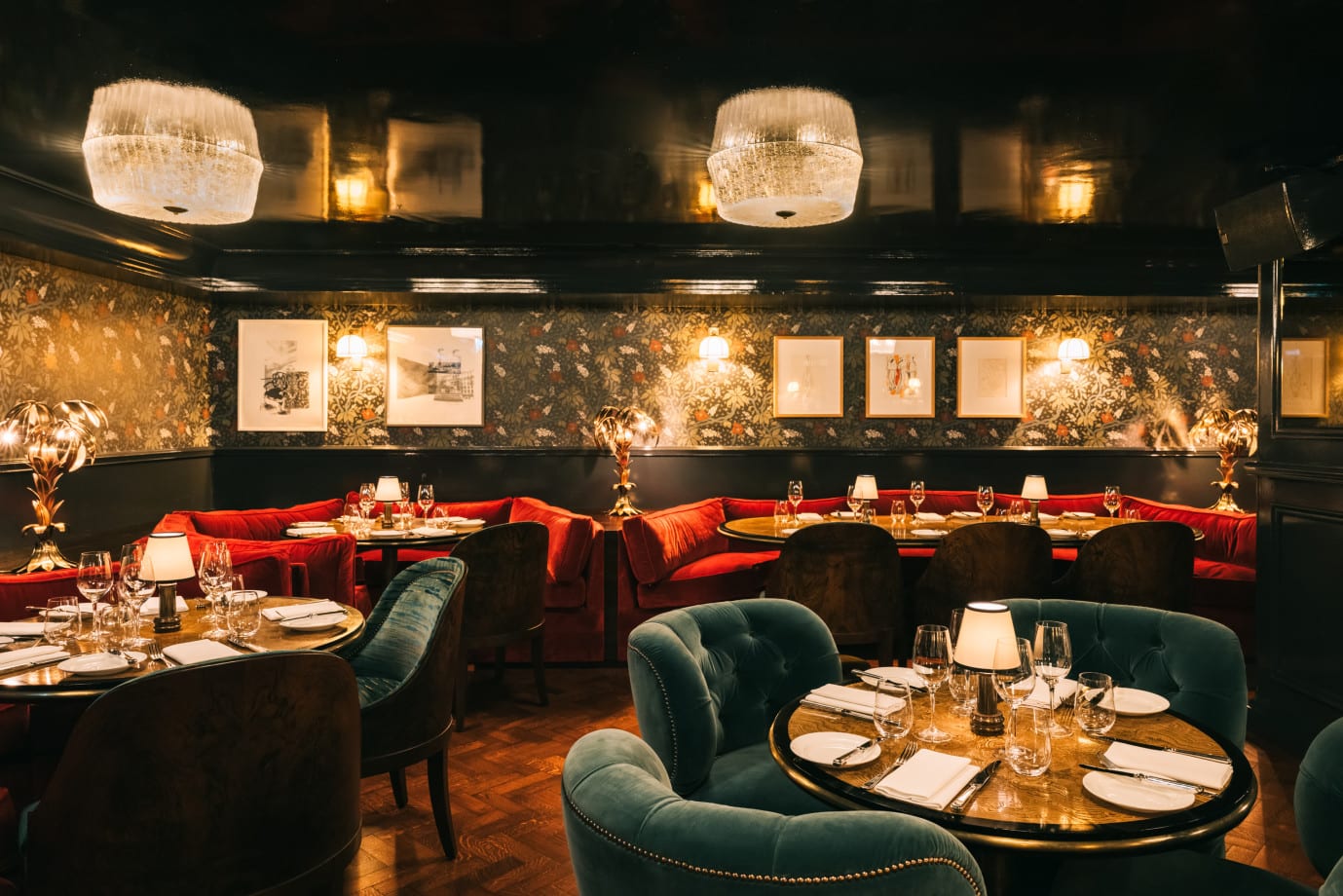
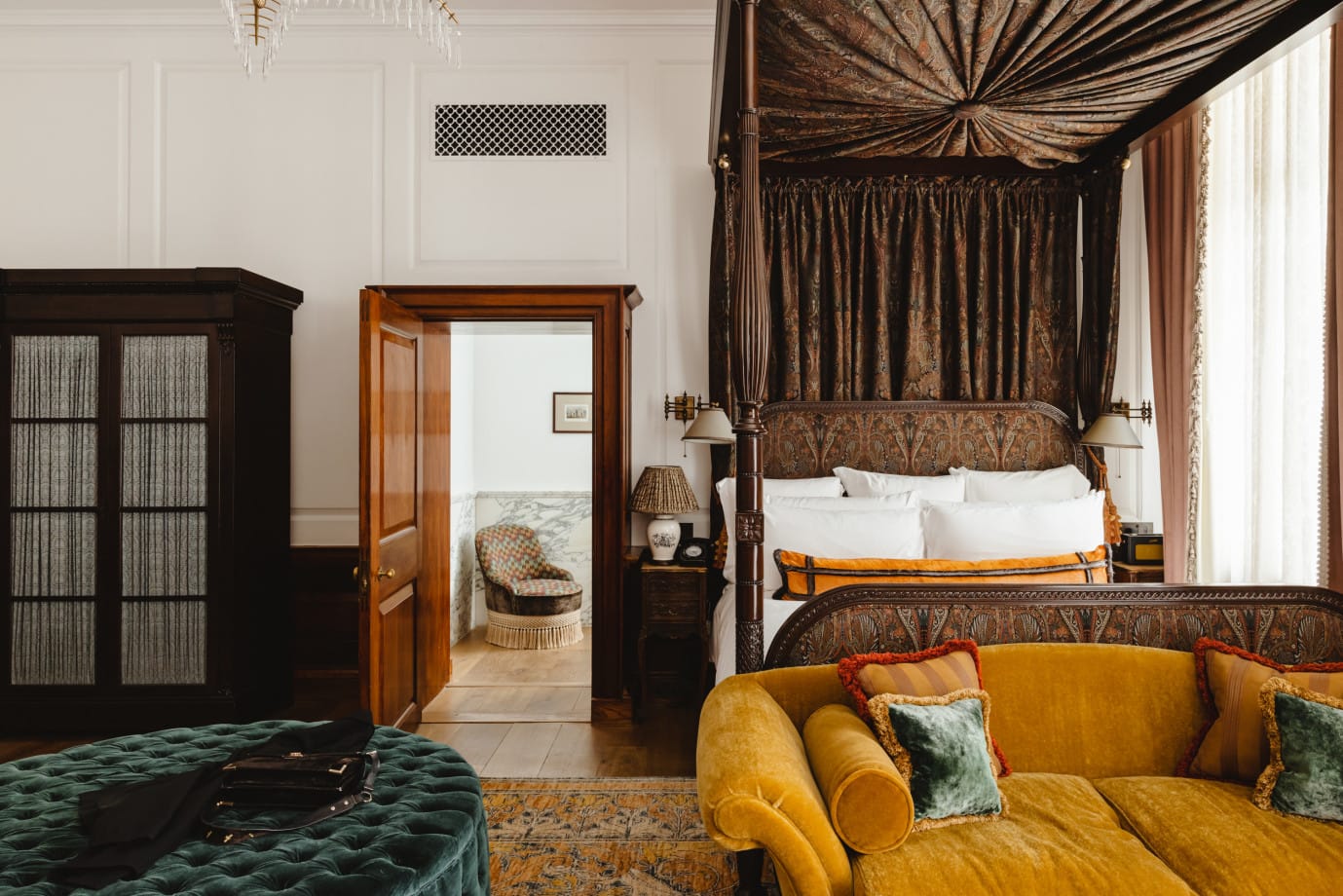
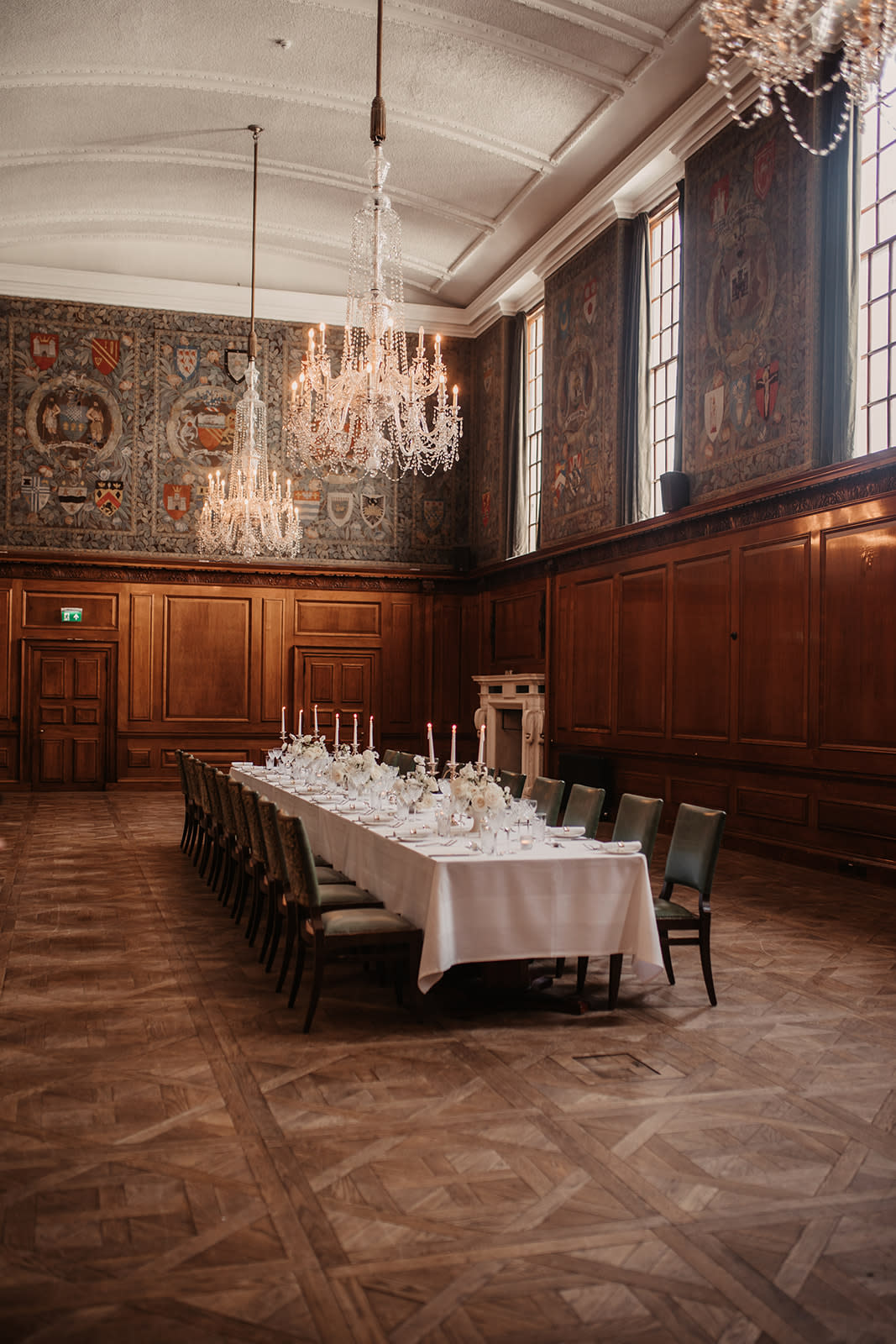
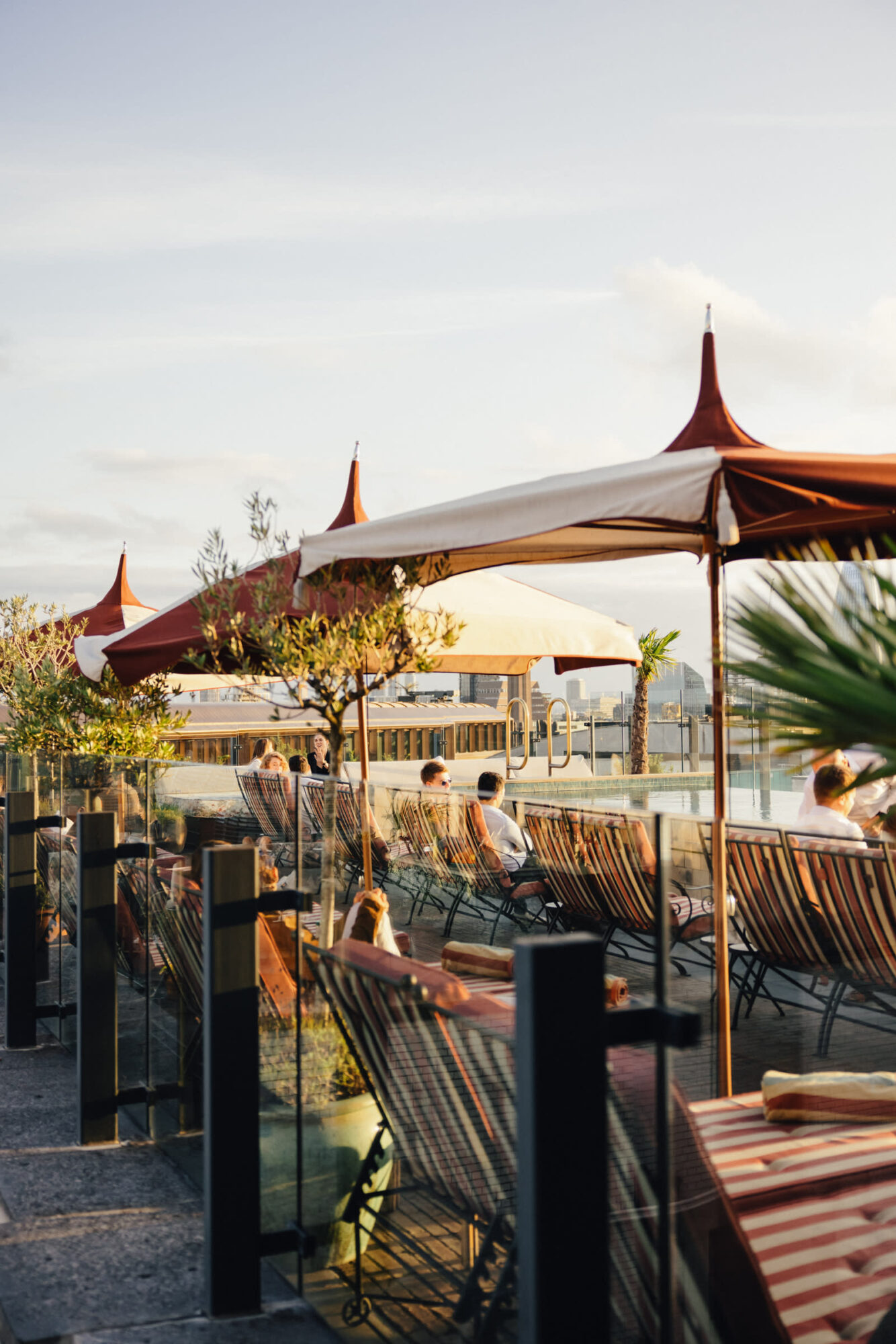
Jeremy Wells: That’s really cool. One of the first projects and brands you’d worked on was, you mentioned The LINE, when you’re at Sydell, and then now as you’ve kind of talked about The Aster and the Casetta Group and like those small boutiques, thinking of The LINE, which I think what is like close to 400 rooms.
Sana Keefer: Yeah.
Jeremy Wells: And then The Aster being much smaller property. Like what sort of considerations or changes in your process do you consider as you’re going through that? Or what does that look like, the differences there?
“I think that the art program in every guest room really has more value than sometimes it’s giving credit for…”
Sana Keefer: Me personally, I think that the art program in every guest room really has more value than sometimes it’s giving credit for because art can change the mood completely. It can spark conversations. So if you’re just sourcing already made work that’s already done and it’s really from more of a decor perspective, it’s a little more challenging to get that same level of community engagement, but I think The LINE is so good at, and even though they are 400 rooms, one thing that’s built into the ethos of The LINE is community.
And so in order to bring in different artists and different designers, different illustrators or writers, photographers, you really need to give them that flexibility to do something a little bit different. And that might be, okay, there’s one room that overlooks the pool and it’s kind of small, so there’s a certain piece of artwork that feels more appropriate. And then there’s a larger room and instead of wall art, that might require a sculpture, a sculpture might feel right there or more textiles or more drapery.
So I think it always comes down to the budget, but it comes down to in terms of the vision, just sort of having a good starting point established. And if you are going to go up in key count or have a larger property, really having a plan and understanding of what your tolerance is and what you’re willing to give up for that volume.
Dustin Myers: Totally. That kind of leads me into the next question. How have you seen brands create that vision from the beginning? And what is your approach when you’re trying to figure out what’s going to make a property unique? And kind of just considering all the different factors, how have you approached that?
Sana Keefer: I mean, believe it or not, for me, mood board isn’t even the first step. It’s usually like the second or third. And the first step is like what I call it is and is not list. And that list is so critical to the success of brand integrity, but also just for the sanity of everyone on the project. In the world of hotels, we have so many different entities involved in any project at a given time. So there might be an owner and an operator and a management group and another investor. So you have all of these different parties that you’re really needing to get aligned early on. And that list of words in two columns, this hotel is, and then this list of words and this hotel is not. That’s always a really great document to have when the conversation starts to go off track a little bit about someone’s personal worldview and I don’t like linen or I do like linen. Having that list will help you get aligned. So I think it’s having the understanding of what the brand is and talking through that with all of the stakeholders.
Jeremy Wells: Yeah. Yeah, I love that, the thinking of starting with that because oftentimes with so many stakeholders, so many opinions and so many ideas swirling around in each individual’s mind and just getting everyone to get on the same page with the vision and understanding that. I’m assuming you’ve probably had some pretty interesting conversations, especially when there’s a lot of voices involved.
Sana Keefer: Oh yeah. I mean so many, and especially in a group where many groups, every property is different. So let’s say there’s a parent group and they have five properties and each of those five properties is a different owner. And owners can come from the industry or they can come from outside of the industry. And everybody’s background really plays a big role in what lens they’re looking at it through. So that document, I never started a project without it.
Jeremy Wells: Yeah. That’s great. So going through your process with the projects you’ve been involved in, there’s a lot of foundational work as for the brand that you’re doing. How do you manage the brand from a standpoint of making sure that it’s not varying off on the wrong course, like at any given stage through your process, and then also after it’s been reopened and renovated or new construction, like just continuing that vision and moving forward?
Sana Keefer: I think it’s what I’ve done a lot of times is have a vision and an outline of a person. Someone who might be a part of the core demographic of this particular brand. And really, I try not to call it a persona because I think it goes a lot deeper than that culturally, but creating a profile for this person, what kind of music do they listen to, what particular fashion brands are they into, what do they read, what apps do they have on their phone. And then once you create this profile, it’s pretty easy to use that as a guideline.
So let’s just say… I’ll say Dustin is our profile and then we’re having a conversation where someone says, “The music in the lobby, we really need to go a little more mainstream. We need to hear more Britney.” And then I say, “Well, Dustin, here’s his profile. He doesn’t love Britney.” You know? So it’s that sort of thing to really help to bring that character to life in a lot of ways. And you can have fun with it. It sounds a little bit prohibitive. But in the past, our teams have really had fun in taking it back to who that personality is. And that’s sort of the checklist to cross reference whatever that brand activity is.
Dustin Myers: Yeah. Yeah. I love that. It’s kind of a foundational step and just understanding the brand. And we always say that people want to do business with people. And so the more that we can kind of infuse real human thoughts and preferences and personality into a brand, the easier it’s going to be to connect and stay on course as a brand with all the different stakeholders and people involved. So that’s really cool.
Sana Keefer: Yeah. That’s a great way to say it.
Dustin Myers: So we’ve talked about like the is and is not and the brand profile kind of persona. What do you think are some of the other most essential pieces in creating a brand that can be executed properly?
It’s getting to know who’s in the neighborhood and who you’re really there to serve
Sana Keefer: I think it’s having a deep understanding of the neighborhood. And this is something that I learned at Sydell very, very early on because we were going into a lot of neighborhoods that were emerging or pioneering. We were proud to do it, but that meant, okay, if we’re going to open Downtown Austin, we better not come in like the big bad LA or people or the New Yorkers, bringing all of our slick, our slick brands with us, right? It’s getting to know who’s in the neighborhood and who you’re really there to serve. And being able to have sensitivities to the particular challenges of that neighborhood and to really be able to be a partner. And I think the more you can spend time doing recons before you enter the market, the better off you are. I mean, these days that’s really a luxury just based on timelines are always really pushing, especially with supply chain issues during COVID. But I think in instances, going back to The LINE brand again, we would have a group of journalists that we were working with called Xtra Shiny out of Adelaide, Australia.
And it was so nice to work with them because they weren’t from the state and so they had almost the perspective of a traveler in a lot of ways. But they’re just amazing at what they do. I would go with them into various cities where we were going to open a project and then we would just get introductions through our network of all of the small businesses. We would take time to interview them if they were open and we really wanted to be a platform for their story. So out of that, we created something called Here Magazine. And Here Magazine, you know, we were working on it, leading up to opening, and then when we would open, we would launch within the rooms so that all of the travelers who are coming, they would have an idea of sense of place and what is this neighborhood history and who’s here and what’s important.
And that to me was a very successful engagement strategy, not only on the community side, but also on the traveler side because when you go to a city, if you don’t know anyone, the first thing you want to do is get plugged in to what’s worth doing while you’re there.
“…if you are doing that research and you’re being additive to the neighborhood, you become a part of everyone’s story”
Jeremy Wells: Yeah, I love that. The thing you just said about having a deeper understanding of the neighborhood and doing that upfront groundwork and recon as you called it, I think is so important. We see so many times where a lot of people, owners or developers, sometimes will think, you can just take a concept from any market and just plug and play right into a different market, and it’s going to work. And I’ve seen many times before where it’s not going to work. It’s not going to be a fit for the neighborhood or the people or the travelers and tourists that visit an area. It’s not as simple as that oftentimes. And so I love that you’re doing that upfront research to make sure that you understand the market, your clients in the right spot from a positioning standpoint. I love what you said about serving the area and thinking of it from that. I think it’s a lot more sustainable way to design and develop as well.
Sana Keefer: I think you’re right with that word, sustainable because it’s the longevity is there when you look at the brands that came in, like almost flash in the pan, very hot. They had their press moment. And then you never hear about them again after that first year, and you never go to the restaurant. You just don’t know. Whereas if you are doing that research and you’re being additive to the neighborhood, you become a part of everyone’s story. And so I think that’s important too, is to really feel like a partner to these people and you want them to be an advocate and to talk about your product or your brand or your property as opposed to just another business that’s there to operate alongside them.
Dustin Myers: Absolutely. Yeah. I think that’s a genius idea and I could see a lot of benefits coming from just building those relationships with the community and then having all those brand ambassadors and evangelists kind of like spread throughout the neighborhood that know you and are rooting for you and are ready to see you succeed. That’s awesome.
Sana Keefer: Yeah. Absolutely.
Dustin Myers: Kind of looking back at some of the projects you’ve got to work on, is there a particular one that was defining for you or challenging or kind of changed the way that you approach things?
Sana Keefer: That’s a really good question. There is one hotel project that I worked on in Taos, New Mexico called Hotel Willa, and it’s actually not open yet. It’s still under construction. Lots of development work to be done. But it was so interesting because Taos is really an insulated community. And because of that, there are so many gems there. I mean, it’s almost like everyone there knows the secrets of the town and you have to kind of know the secret handshake to get let in on them. But it’s largely undeveloped, which is nice. And the projects that are there, they are so considerate of not interrupting the landscape.
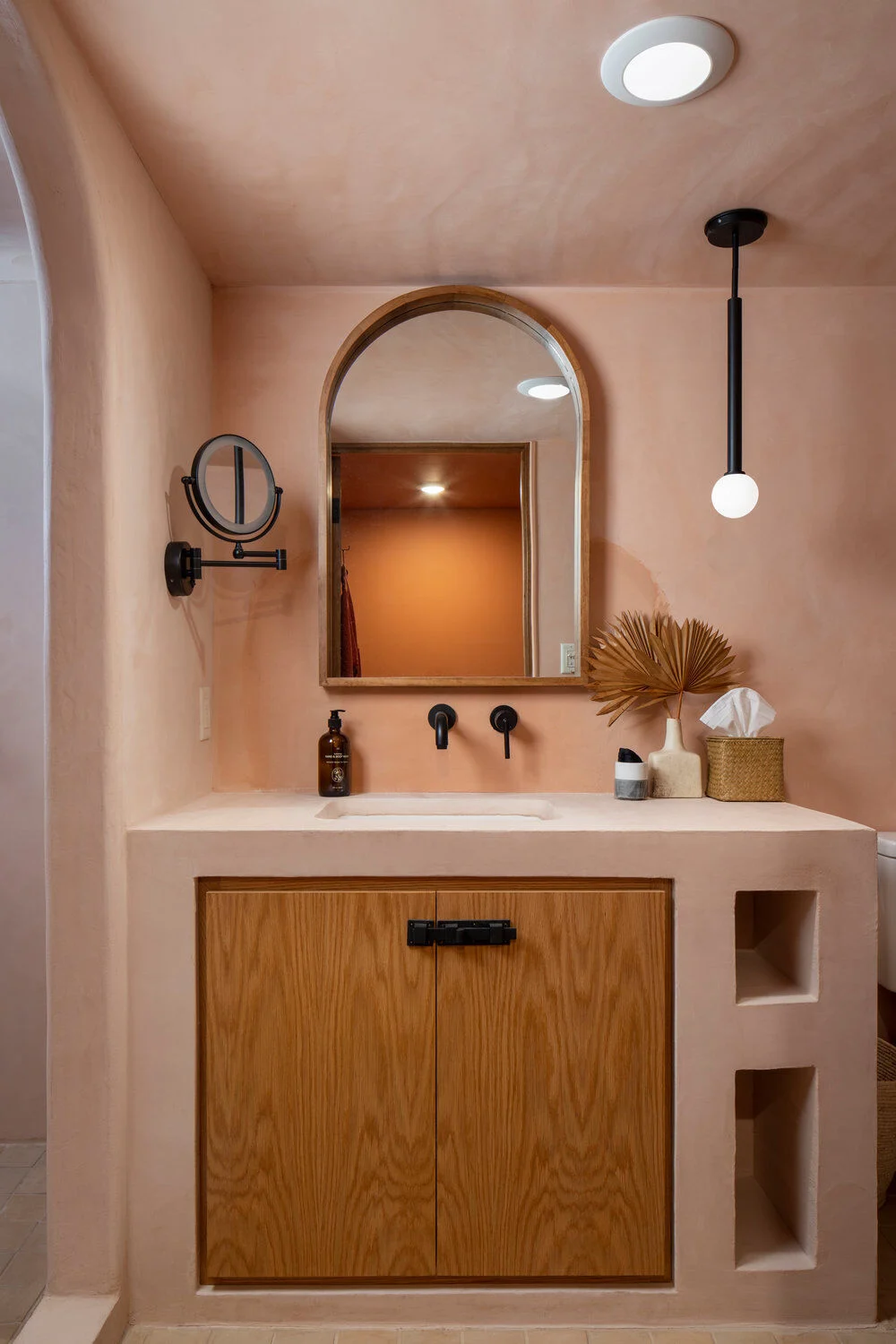
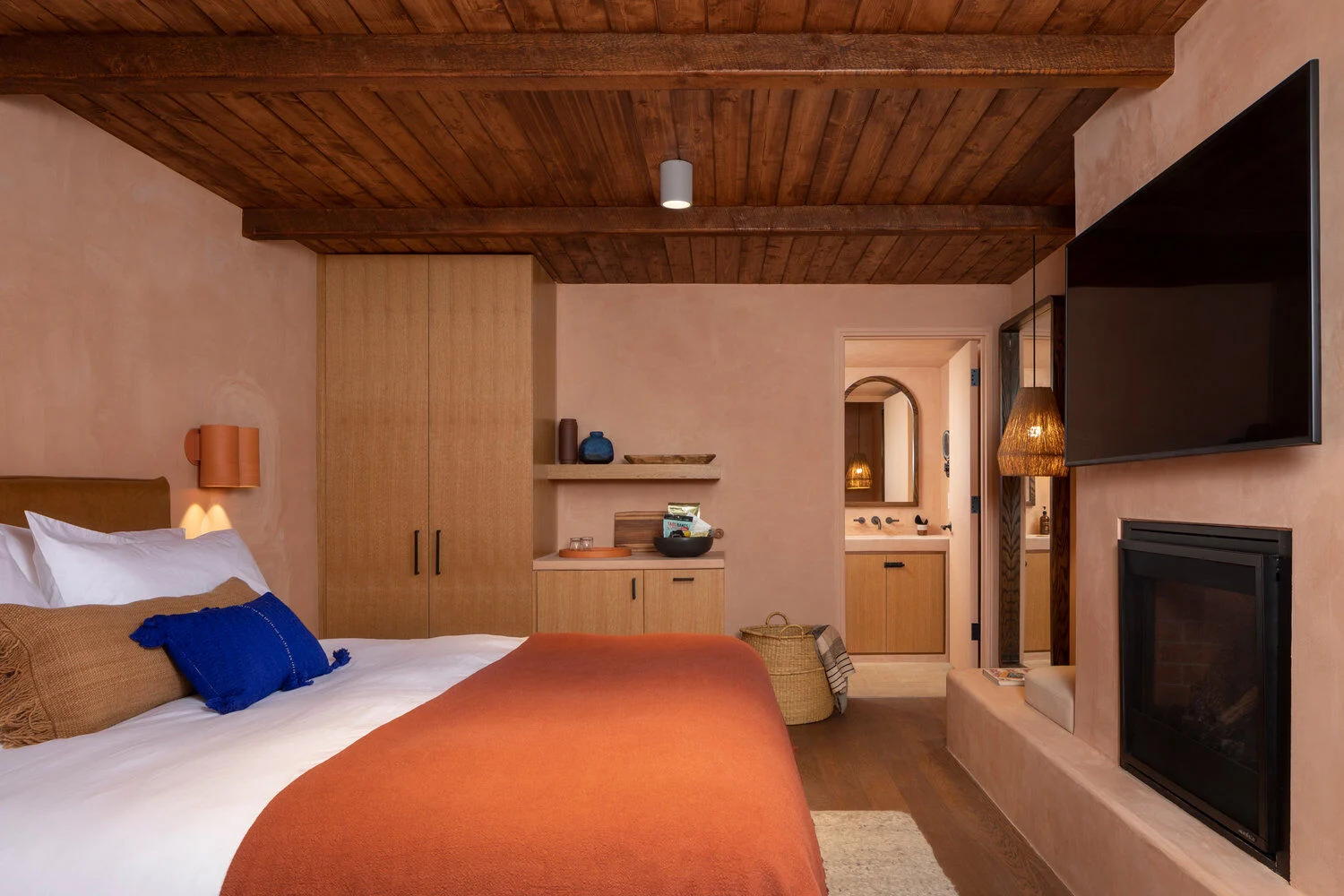
And I mean, there are a lot of rules for the town. When you go in for a meeting, you’re meeting with the war chief and you’re meeting with Indians and you’re meeting with people who have such rich culture guiding their rules and their regulations as opposed to someplace like Los Angeles, where it’s just very, very commercial and there’s not a lot of understanding behind why something might be X or Y, something might be Z. And what I learned on the Taos project is there’s no shortcut, right? In New Mexico, especially in a city or in a town like Taos, you have to do the work. If you think you’re going to do a shortcut and like higher, cheaper labor to get something done, there is no one else to hire. You know what I mean? Those kind of Metropolitan conveniences just don’t exist. And so you really become close with the people in the town. And we just made so many friends on that project and I’m really excited to see that open.
“…you think twice before you turn on the water faucet or whether you take 10 more minutes in the shower”
Just quick note on that project, which was really, really fascinating. One of the things that was fascinating was they have waterways and water is very, very sacred there. It’s not as plentiful as it is in other places. And so they have Acequia, is what they’re called. And there are these waterways that are still manned by physical humans, like closing and opening the waterways with like gates. And when you start to see that process, you think twice before you turn on the water faucet or whether you take 10 more minutes in the shower. So it’s like immersing yourself in the culture helps you to really get an understanding of why things are the way they are, and then you have a greater appreciation for it.

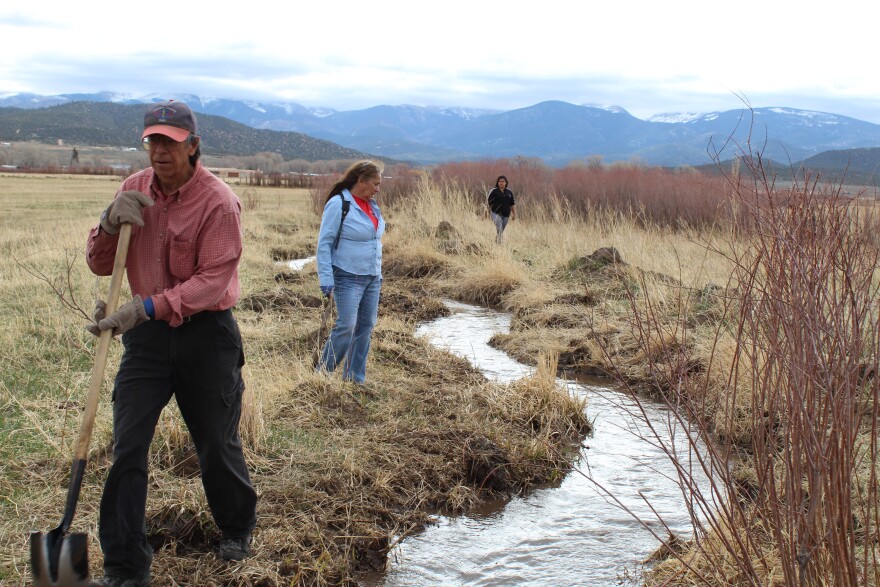
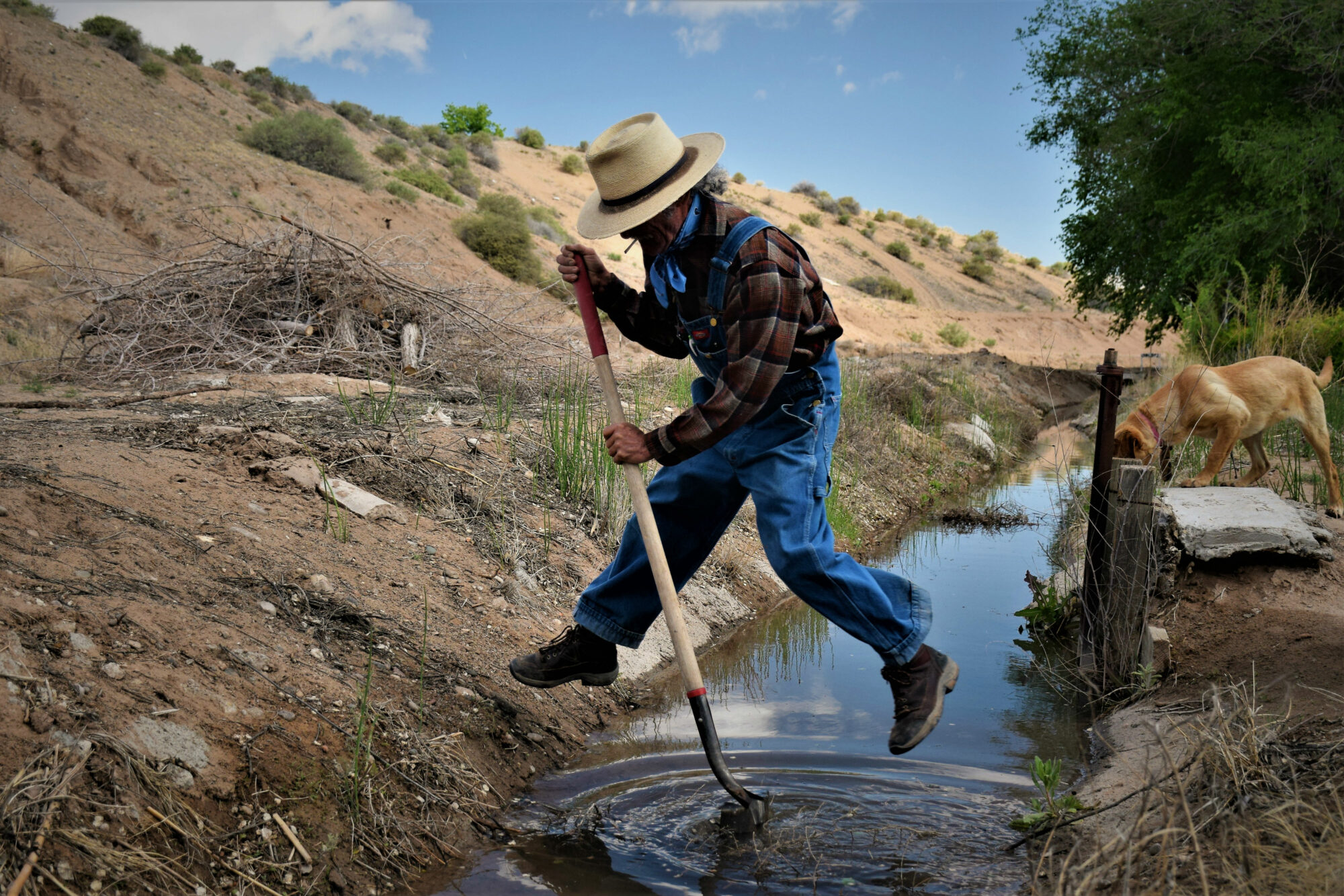
Jeremy Wells: Yeah, that’s really interesting. A lot of people might view, like, you mentioned no shortcuts in what you do. I think some people, especially earlier in their careers, think of guardrails or restrictions or limitations in a project as like things that are a negative. But I know for our self in Longitude and just over the years in my own career, like you start to realize that there’s actually a lot of freedom and just like creativity that can be had within certain guardrails and limitations. Do you find that in the work that you do as well? You just mentioned some of the challenges that the project, Hotel Willa. Is that like a freeing feeling to you to be able to have some guardrails or how do you approach that typically?
Sana Keefer: I actually like it and you’re the first person that I think I’ve heard ever say this, but it’s something I’ve been thinking about quite a bit lately is it’s sort of like life is what you make it, right? Like I set out to be a creative director. That was always my goal. I didn’t know it was going to be in hospitality specifically. But then when I got there, I remember like just thinking, “Well, I’m in charge of this and I want it to go this way.” And then you quickly realize like, it doesn’t matter. There’s always going to be someone else who’s the real creative director, the person who’s funding the project. And so a lot of times I think for me it’s been a challenge, but in a good to figure out how I can deliver something to a client that still meets their business need. Because at the end of the day, if I’m creating something that is abstract or not abstract and just very cool, and the consensus is that this thing is cool, but it doesn’t translate to the operator or the business owner, it’s never going to see the light of day and then the creative falls flat. Right?
So I think the older I’ve gotten, the more I have an appreciation for those constraints and learning how to work within them. And with larger groups, there are many. So it comes with the territory, but it’s a good challenge.
Dustin Myers: Yeah, absolutely. We can definitely relate to that. But speaking of kind of being more of your own client and the final say on the creative, maybe tell us a bit more about Asi Asi and what you’re trying to do through that.
Sana Keefer: Sure. So Asi Asi is a supper house, a social club, and supper house that I founded very recently. It’s actually going to be opening in the physical space early 2023. And so all of this agency work that I’ve been doing and all of the consulting, I really needed a container for that. And so that is called Asi Asi Projects. And what Asi Asi Projects allows me to do is to pull in different resources that are appropriate for a specific project. So let’s say for example, I recently worked on the Bank of Italy rebrand, which was for formally known as NoMad LA and is now Per La.
And so with that project, I brought in Made By Us, which is another design agency. I brought in a woman, Johanna Ketterle from Fine Line Design. I brought in Nick Rimson, who’s a copywriter in New York, and just all of the people that had the right skill set for that specific project. And then we all like worked on the rebrand together. And so just being able to have this rotating team I think feels really interesting to me and very fulfilling because the clients are always happy because they’re getting someone tailored to what they want. And then us, as a collective, we’re happy because we’re doing the work that we want. So it’s going pretty well.
“…it was community at the core. And so that’s really what I’m trying to emulate with Asi Asi House”
So out of Asi Asi Projects is the Supper Club, Asi Asi House, and that’s in Boyle Heights on the east side of Los Angeles. And when I lived in Brooklyn many years ago, every Friday night, I would have this dinner party at my brownstone and I would rent folding chairs, wind folding chairs, and do a large communal table. And it started out with about 10 friends and it just grew and grew and we had new guests every weekend. And that was something that, I mean, those moments, having dinner and drinking wine and staying up until 2:00 AM in the living room were really some of the best New York memories that I had. I mean, it was community at the core. And so that’s really what I’m trying to emulate with Asi Asi House and the Supper Club is bringing all of these people together.
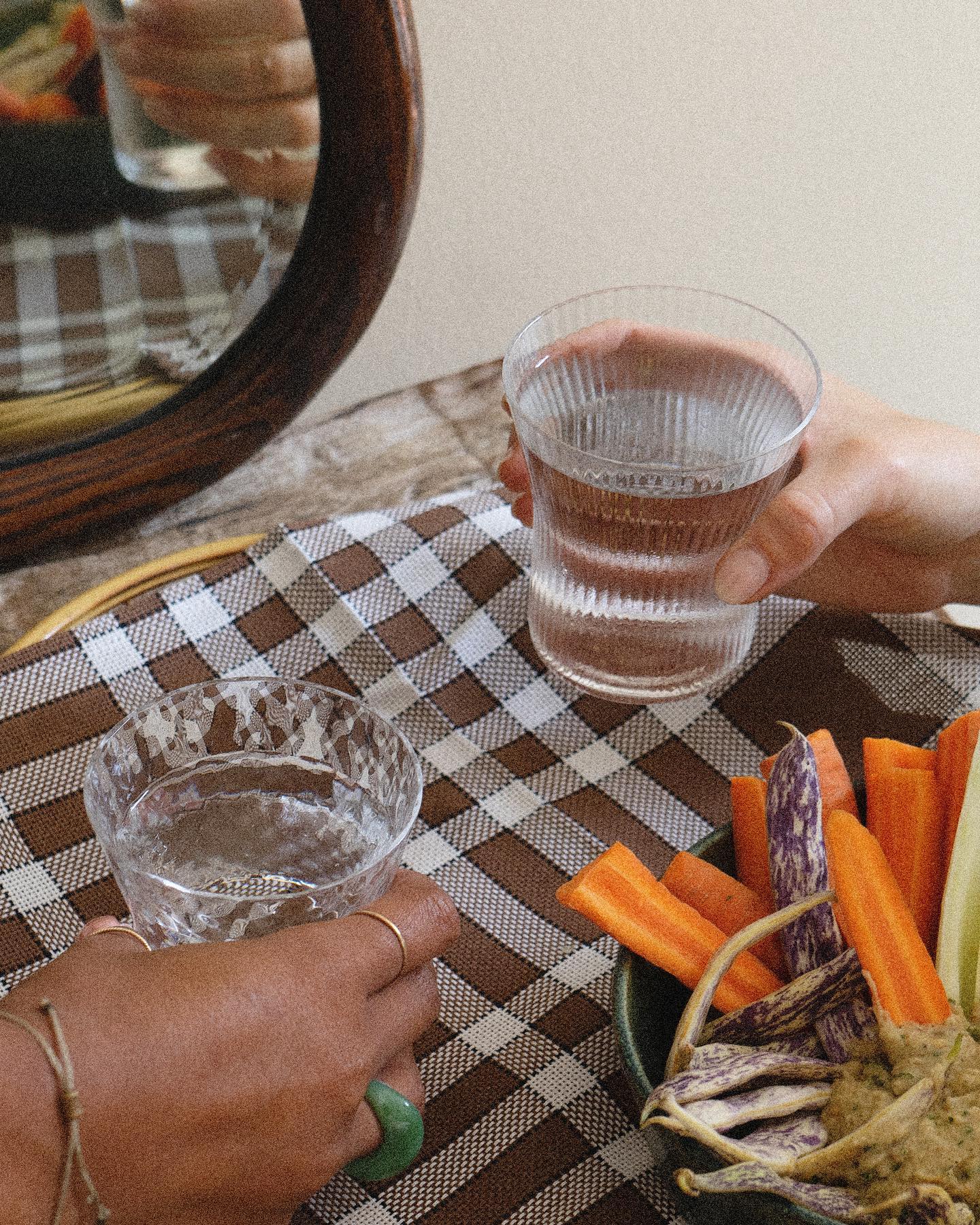
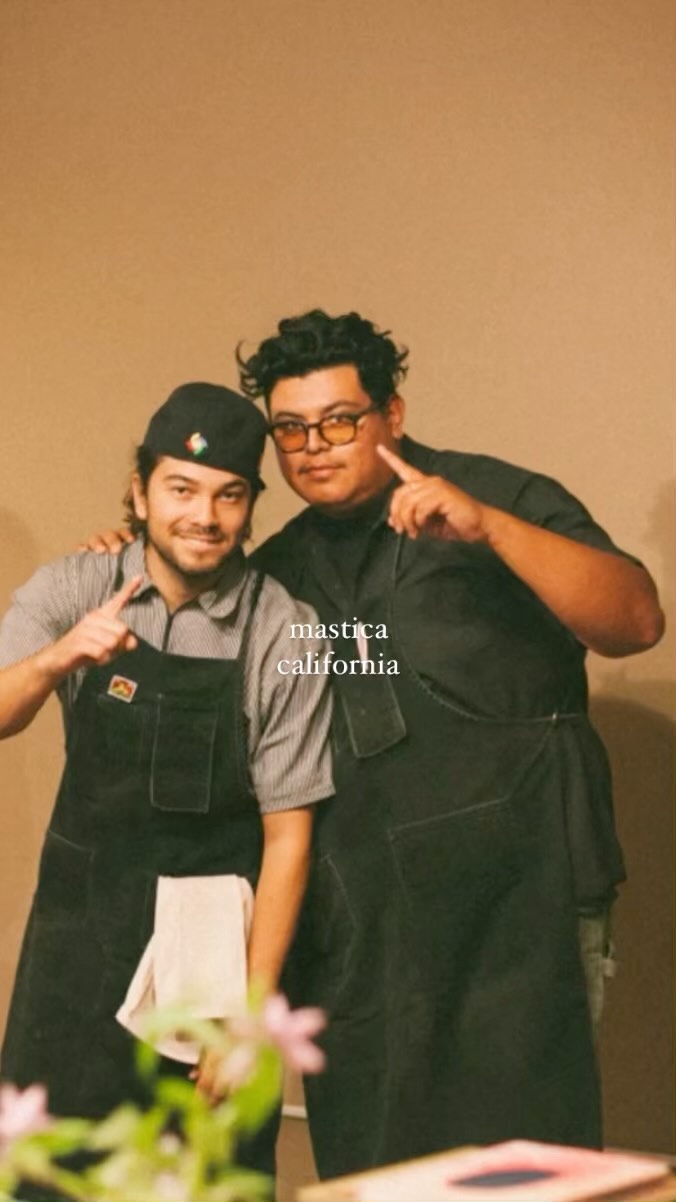

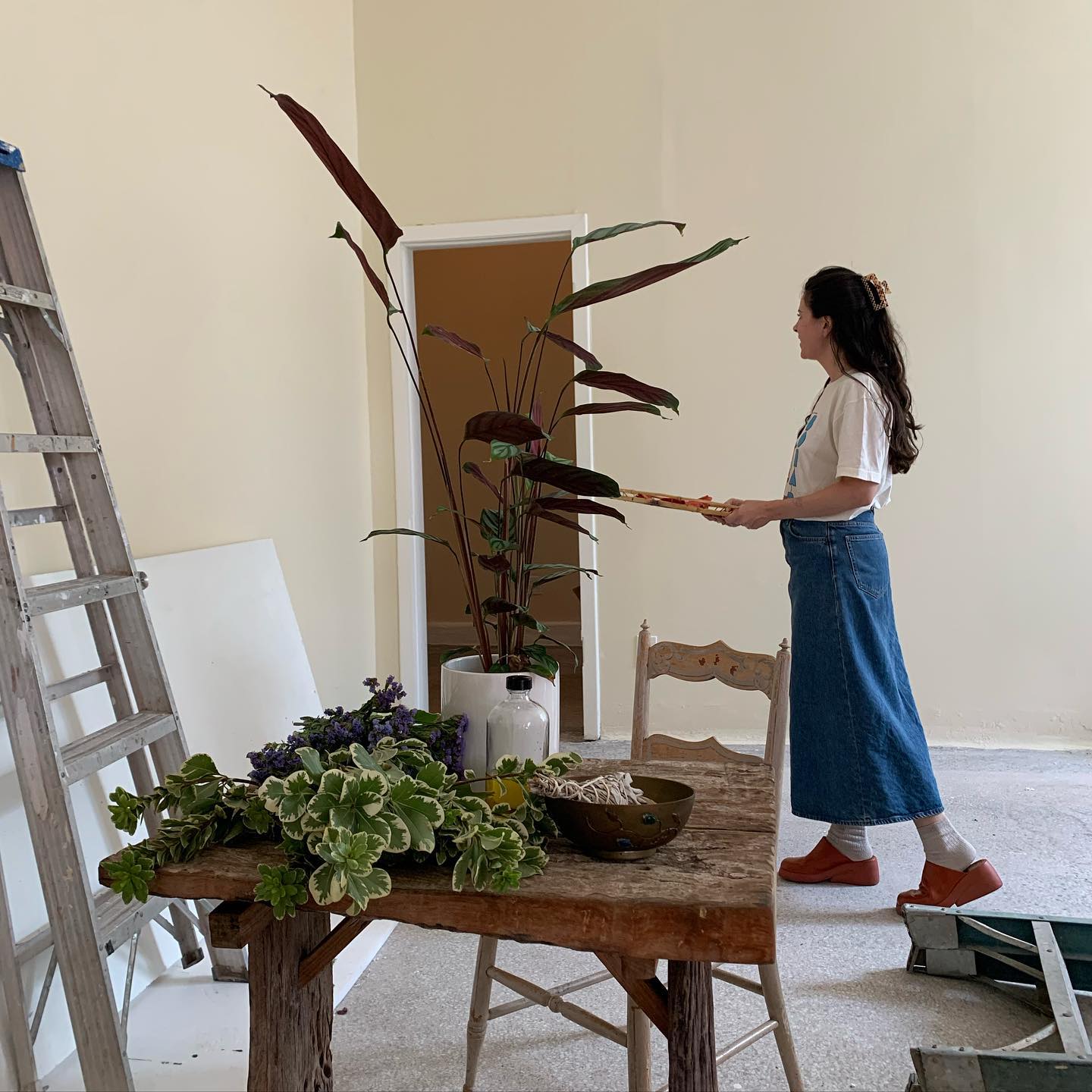
And just to give you a little more perspective on the Supper Club itself, it’s like, okay, now I’m older, all of my friends are older. We’re a little more established. And I’m so lucky to know so many amazing, talented people just like you, you all, really, really making changes in the industry. And so through this Supper Club, one of my goals is to peel back the layers around these people, whether they’re chefs, food proprietors, designers, et cetera, and give the community through a dinner the opportunity to get to know them. And so we have a really exciting schedule coming up through the year in popup form and then early next year, which will have our head of the table, so to speak, and maybe we can get you guys back out here to do one. That would be amazing.
Dustin Myers: Yeah, that’d be awesome.
Sana Keefer: For the people to get to know the guys behind Longitude.
Jeremy Wells: Yeah. I don’t think we mentioned this yet, but Dustin and I were just out in LA a couple weeks ago and had the pleasure of visiting a number of properties you’ve been involved in, the LINE Hotel, The Aster, and Hotel Per La. And it was really cool to just see how thoughtful and well-done those hotels were. So that was really neat. And we got to actually stay at The Aster, which is awesome.
Sana Keefer: Thank you. Yeah.
Dustin Myers: So the Supper Club, it sounds almost like a test kitchen for hospitality where you’re bringing in chefs, you’re bringing in just creative thinkers and designers and making connections. So it’s kind of this fusion of community and creativity and exploration within the hospitality space. Am I understanding that right?
Sana Keefer: Absolutely. And it’s interesting because I think what led to this question was my comment about like, I may never get the final creative say, and at Asi Asi, it’s totally fine that I don’t. I actually prefer that I don’t. One thing that I’m always just hammering people over the head with is like, let the experts do what they do best. The last thing anyone needs is me as a creative director telling them how to plate their food or how to design their website or whatever. So I think you’re absolutely right. It is an incubator for that fresh way of thinking in hospitality.
And one thing that I just wanted to touch on briefly there, it’s also a big part of Asi Asi is challenging myself to create an internal culture here that is different than what I’ve experienced elsewhere. Kitchens are tough to work in. They’re also extremely rewarding to work in. Hotels are tough. There’s all of these things and there’s so much pressure because you’re on 24/7 and often you have high-profile guest or whatever it is. But at Asi Asi, it’s sort of like, what are the rituals or the processes that we need to have in place? How many times do we need to go out per month for dinner as a group to talk through things in a casual way, just to make sure that everyone’s mental health is being valued but also that we’re having fun? Because if we’re not having fun, what are we doing? So fun is a big part of Asi Asi, for sure.
Dustin Myers: That’s amazing. I think that’s just a really, really cool concept and I can’t wait to see how it takes shape and evolves and the stories and just the ideas that come out of that. I’m a huge fan.
Sana Keefer: Thank you. And I tend to be inspired by a lot of people that I work with through Asi Asi as well. We had a soft opening event and we had a woman called Stephanie from Pearlita’s Oysters. Her mother is Mexican and Puerto Rican. She grew up here in Los Angeles on the east side, and she’s a self-taught oyster shucker. She’s a single mom. She is absolutely amazing. She creates these crazy artistic tablescapes. This particular installation was called Moss Island, and it was just like these mounds of moss and florals and then these beautiful oysters laid out around it. I interview every chef or every partner that I have, and I’ll include a blurb about them on the menu just so that all of the guests really understand what their story is. And I was in tears, like after talking to her the next day cleaning up because I was so inspired by her. I thought that I was doing something unique and she’s done all of this, self-taught, and really successful and just really taking off. So I’m really lucky to work with people like that.
Dustin Myers: Yeah, it’s just a fun industry. So many different perspectives and backgrounds and just seeing creativity expressed in different ways is really cool and a rewarding way to make a living.
Sana Keefer: For sure.
Dustin Myers: So the title of this podcast is Future Hospitality. One of the last questions we always ask is what excites you as you look to the future of this industry?
Sana Keefer: I really think it’s the accessibility of hospitality for everyone. I think that’s so important. And we saw like that movement with Ace and Sydell Group, creating properties that were really accessible to community. And I think a lot of people have followed suit, and I think that’s important. And even sort of breaking down those walls between front of house and back of house and looking at that internal property community. And one of the things that I’m going to miss the most here and wrapping up my contract with the after is the community and the friends that I’ve made, all of the servers, the busters. I’m in the service elevator with him every day. I know their names, I know their kids’ names, and we’re one team. We never look at it as, “Well, this person’s front of house, so they should get X, Y, and Z and this person shouldn’t.” And I think that wasn’t always the case in hospitality. So I love that these roles are kind of melding together a little bit more. That makes me happy.
Jeremy Wells: Absolutely. But again, kind of like thinking forward into the future, if you could see yourself in like five, ten years from now, where would you be and what would you be doing and what would success look like to you?
Sana Keefer: I think it’s taking Asi Asi Supper Club and really scaling that and taking it to different communities, and I think it’s important because if you’re just in your sort of Los Angeles bubble, it’s not that exciting. You’re not really learning as much. But I like to call Asi Asi a Community for curious minds, a global community of curious minds. So that’s having people visit from Paris or Berlin or Mexico City, all of these other places. And so if I could open up in Asi Asi House in other emerging cities, that would be my absolute dream. And I look at that as like a five-to-ten plan because I know the reality of doing something at that scale. But I do think it just helps to make connections back to. LA and it really does give people an opportunity to take ownership of what’s going on in their city. So that’s my ultimate dream.
Jeremy Wells: Very cool. Thank you for sharing.
Dustin Myers: Okay, last, last, last question. Who’s your favorite branding agency?
Sana Keefer: Oh my gosh. Of course, it’s a Longitude. And I have to say, I’m being honest, I have to say this. I was not familiar with Longitude prior to working on The Aster project. So when I saw some of the work that you did for other properties, I was like, “Who are these people?” Like, “I’m pretty sure I know every hospitality-specific branding agency,” and it turned out I didn’t. And you guys are amazing and I think why we worked so well together, at least in my mind, is that you guys always give me a jumping-off point, right? Like I sort of pick up from the place that you left off and I can run with that. And it’s not always that way. Synergy differs, but it’s been an absolute pleasure working with you guys and hopefully we can do something together again soon.
Dustin Myers: That’s very kind. That was totally a joke question, but I appreciate that.
Sana Keefer: No, it is true. It’s very true.
Dustin Myers: Well, thank you so much.
Sana Keefer: I think it’s also attributed to the fact that you guys are not based in LA or New York. So if anyone says you need to open up studios there, I would challenge that because it’s like you’ve got your own thing going and it’s a good thing.
Dustin Myers: Appreciate that.
Sana Keefer: Yeah.
Dustin Myers: We are who we are, good or bad.
Sana Keefer: I hear you.
Dustin Myers: Thank you so much for spending the time with us. This was a really insightful and really challenging conversation. I have a lot of cool takeaways and I’m sure our listeners do as well. So thank you for your time.
Sana Keefer: Thank you so much. Of course. Thank you guys for having me, and I look forward to seeing you in LA soon.
Dustin Myers: Likewise.
